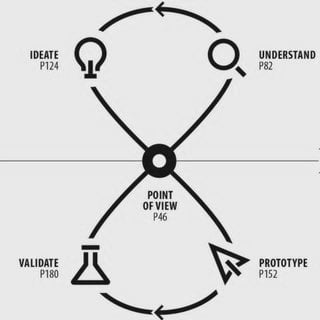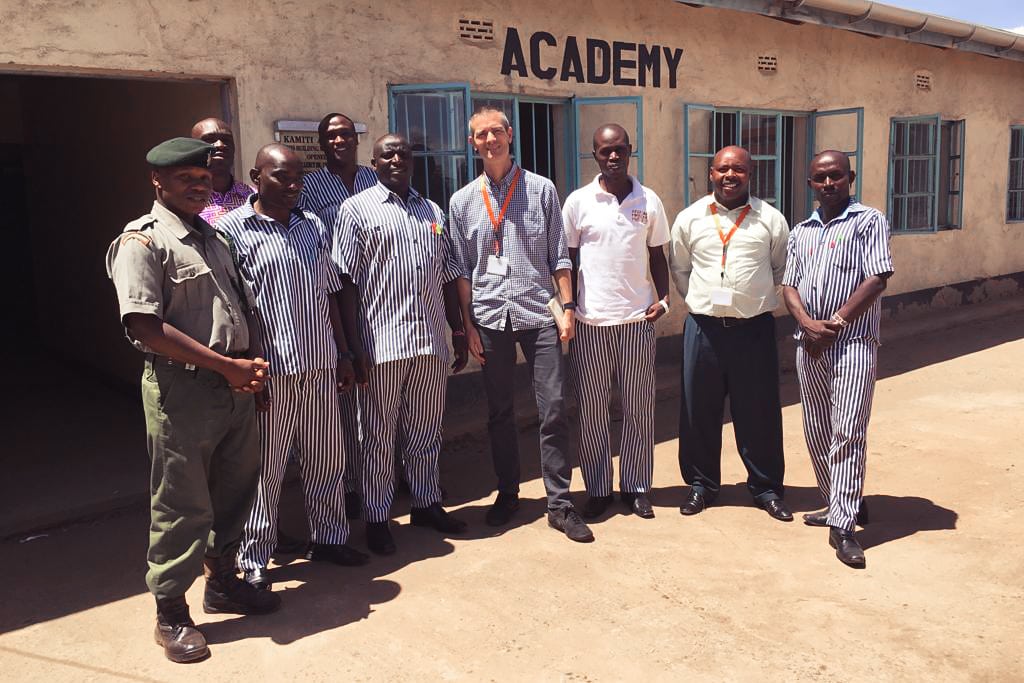Six steps toward customer & beneficiary understanding.
Are you designing the bridge first, or thinking about the people who will cross it?

In the spring of 1985, the world witnessed one of the greatest customer misunderstandings in history. It was New Coke.
And this disastrous episode showed that if a successful corporation like The Coca-Cola Company could misjudge its market so poorly, any social entrepreneur is susceptible to the same mistakes. Especially when working on the unpredictable and unbeaten frontiers of international development.
For decades following World War II, the once-invincible Coca-Cola had been losing market share to Pepsi, diet sodas, and other beverages. But executives didn’t embark on a customer understanding journey to find out why they were bleeding business. Blinded by their own vision, they haphazardly developed and launched a (much sweeter) change to the century-old secret formula.
New Coke bombed. After public outrage, dismal sales, and Pepsi’s full-page ad in The New York Times proclaiming victory in the cola wars, Coca-Cola pulled the product within three months. And in the 30+ years to follow, countless books and business school case studies have shed light on the epic missteps.
It’s now well known that Coca-Cola leadership didn’t aim to understand its customers in an intimate way, despite millions of dollars in superficial taste-test market research. Specifically, the researchers never took the time to learn from customers that the classic Coke brand signaled a sense of belonging when they drank it with friends. The traditional red packaging itself played an important role in purchase decisions. And that when drinking more than a few sips in a test setting, most people didn’t want such a sweet taste.
This entire fiasco could have been avoided had they spent a few weeks in homes, stores, and grocery aisles, observing behavior and asking the right questions. But Coca-Cola first focused on the product, then tried to validate it. Instead, they should have tried to better understand their customers… then decide what to do next.
“We spend a lot of time designing the bridge, but not enough time thinking about the people who are crossing it.”
DR. PRABHJOT SINGH, THE EARTH INSTITUTE
Customer understanding & human-centered design.
Until a business becomes a multinational corporation like Coca-Cola, start-ups and growth-stage ventures are supposed to pivot often to meet market gaps and untapped beneficiary needs. Social sector orgs have a big burden to shoulder: not just to provide a product or service that people want and need, but to continually improve past the initial market entry, in the spirit of helping make lives better.
Customer understanding
An umbrella term that refers to a deliberate approach and set of actions aimed at knowing those who use your products or benefit from your services. It means that you commit to detailing your customers and beneficiaries on paper with first-hand evidence and data, not second-hand research or educated guesses.
Human-centered design
A creative approach to problem solving that begins and ends with those you serve. It’s a framework that prioritizes real-world human perspectives above all else. And it’s different from other problem-solving mechanisms because of its relentless focus on the people who are experiencing a challenge and whether or not your solution meets that need.
The fundamentals of human-centered design are observing customer behavior and putting yourself into the situation of the end-user. Defining the customer problem comes from patient, sustained interactions with the beneficiary over time, because you don’t know when that insight is going to come. This deep customer understanding is the first stop around the design double loop.
Without fully understanding customers, you will be ideating, prototyping, and attempting to validate products and solutions based on the original point of view instead of real-world needs and wants. Or even worse: skipping this entire double loop and going from point of view into scale, like New Coke.
But wait, you say. In the social sector there’s often not as much competition for products and services as the cola wars of the 1980s. So is human-centered design really needed? Yes, because scarcity does not equal automatic adoption. Don’t assume neediness means a product is needed, even if it’s a service offered for free or highly subsidized (think recently about Ebola clinics in the Congo getting attacked). Or put another way, unlimited need doesn’t mean unlimited demand.

Six-step process.
So this all sounds great in theory, but how do you go about truly understanding customers? Human-centered design is a unique approach that can feel messy at times. But it’s difficult to develop the right solution if you prescribe the exact path before fully diagnosing the problem.
We designed and use this six-step roadmap to learn directly from the community, stay open to every creative opportunity, and then focus on the ideas most promising for the people being served.
1. FRAMING
Articulating the hypothesis, documenting the design challenge you’re trying to solve, stating the ultimate impact, identifying context and constraints, and fine-tuning the approach.
2. DESK RESEARCH
Conducting a broader secondary research exploration around cultures, customers, competitors, and collaborators. This step often includes a review of customer sales or donor data.
3. CUSTOMER & COMMUNITY IMMERSION
Observation and conversations with customers and/or beneficiaries. It’s great to talk to people, but even better to put the product or service in their context and see what they do with it. Then it’s wise to also conduct individual and group interviews with potential customers in their own space. This step is where the magic happens.
4. STAKEHOLDER INTERVIEWS
Fleshing out on-the-ground findings with input from staff, partners, and other industry experts. What you discover with customers directly can be gold, but Henry Ford did have a valid point with the whole ‘faster horses’ thing.
5. DOCUMENTATION & INSIGHT GENERATION
Distilling quotes, stories, photos, data, patterns, and thinking from the field into a recap with initial recommendations. This is where you turn data into reporting, reporting into insights, and insights into proposed actions.
6. STRESS TESTING
Collaboration with stakeholders to pressure test insights and determine next steps. No matter how sure you are after the first five steps, getting others into a room to poke holes in your thinking will do wonders to sharpen insights and actions.
It’s critical to note that customer understanding is not a one-and-done process. We had an early client here at Mighty Ally that learned this lesson the hard way.
Agruppa was a social enterprise in Colombia that aimed to bring fresh foods to the urban poor. It raised more than a million dollars and had a promising business model, based on early first-hand knowledge of its customer: small shop owners in Bogotá. But as the company grew, its founders got busy running the business and (understandably) spent less and less time with those it served. And as the co-founders bravely chronicled in a series of blog posts, this increasing distance from customers was a big factor in the company’s ultimate demise.
“When building and scaling an enterprise, it is absolutely crucial to make customer discovery an ongoing practice. While many companies have built great feedback loops with their customers (which is important), this is different. It is indispensable to engage with current, future and ex-customers outside of sales situations, to really understand what drives their decisions every day.”
AGRUPPA CO-FOUNDER VERENA LIEDGENS
Tools you can use.
If you complete the process above, you should have hoards of information and insights. The next step is turning those insights into actionable tools, including documenting all you can about customers and prospects, detailing their journey to reach you, then evaluating your existing and future services against their desired needs and wants.
The following three tools represent a critical piece of our brand strategy process — it does no good defining your core ideology, vision, landscape, or personality if you don’t know exactly who you’re serving and what’s in it for them.
Personas
Giving customer or beneficiary segments a face, name, and qualitative and quantitative characteristics. Then making it easy for any team members to step into their shoes via shared understanding and shared language. Do this by creating empathy maps for each of your customer types, like this one.

Out in the field with client Justice Defenders. Two weeks of enlightening interviews and observations with prisoners and prison guards, some of whom are training to be paralegals and studying for a law degree from the University of London.
Customer journey
Mapping each persona along the various touchpoints they will have with your brand. From initial awareness and consideration to decision and purchase to retention and advocacy — you will see patterns and know each persona’s total experience. Here’s a high-level template.
Value propositions
Assessing your products and services via your personas and the features, advantages, and benefits they seek. Knowing customers is one thing, but knowing how they feel about your solution is the end goal. This is a critical step in determining product-market fit and ideating on future solutions. Don’t forget to ladder up.
As a critical reminder: you cannot understate the importance of cultural contextualization. And if you’re like me (a westerner living and working in the developing world), you also can’t overestimate your bias as a business person or designer with a logic honed by a lifetime spent in the developed world.
For example, with Agruppa, the tenderos (store owners) in Bogotá didn’t see themselves as entrepreneurs — despite being owners of a business! That was an American mindset, come to find out.
But finding out is cheap and relatively easy. It simply starts with a commitment and a conversation. And a genuine belief that we, as outsiders, don’t have all the answers…
“Embracing human-centered design means believing that all problems, even the seemingly intractable ones like poverty, gender equality, and clean water, are solvable. Moreover, it means believing that the people who face those problems every day are the ones who hold the key to their answer. Human-centered design offers problem solvers of any stripe a chance to design with communities, to deeply understand the people they’re looking to serve, to dream up scores of ideas, and to create innovative new solutions rooted in people’s actual needs.”
IDEO.ORG
Read more articles
Ready to get fundable and findable?
We engage three ways: consulting, training, and field building.
